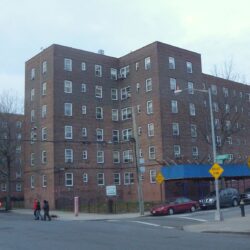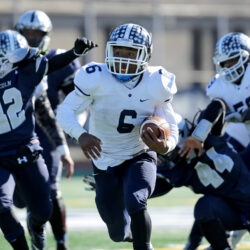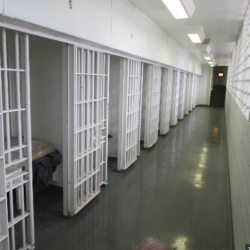
On This Day in History: January 11
On Jan. 11, 1875, Theodore Tilton filed suit against the Reverend Henry Ward Beecher for alienating his wife’s affections, bringing the great Tilton-Beecher scandal out into the open.
Since becoming pastor to the Plymouth Congregational Church in Brooklyn Heights in 1847, Rev. Beecher exerted tremendous influence over public morality in New York City as a lecturer and as the editor of the weekly publications the Independent and the Christian Union. The Independent began as a denominational voice against slavery but after Tilton and others joined the newspaper it became a radical advocate of equality, abolition and reform.
Beecher had visited the Tiltons’ household often. Theodore Tilton accused Beecher of having committed adultery with his wife and filed suit for damages of $100,000.
The trial lasted six months, ending with Beecher’s acquittal. Rev. Beecher went on in his capacity as pastor of the church and was still without peer as the most popular preacher and orator of his day. The jury had disagreed without reaching a conclusive verdict, and the public indicated that they thought Mrs. Tilton was guilty, Rev. Beecher innocent. Residents of Brooklyn went right on calling their borough “Beechertown.”
The Eagle’s coverage of that first day in court on Jan. 11, 1875, focused a great deal on describing those in attendance. “The throng is divisible into two classes: those who cannot get in and those who can. The former class was larger today than ever before. The corridors of the courthouse were crowded with people and the crowd was as unruly as any crowd is apt to become when jammed and pulled and tugged and squeezed and shoved and pressed and made in every way uncomfortable by their own restlessness…”
Rev. Beecher and his wife’s entry into the courtroom was given lengthy description, in a manner that seemed to indicate where the Eagle’s, and most everyone else’s, sympathies laid:
“Mr. Beecher’s progress from the door to the table was a progress of hand shaking. Friends reached out their hands to him on all sides, the gallery rose and looked down at the great preacher. Mr. Beecher looked well. His features were at their best, because they were in social play and activity. The heaviness marking Mr. Beecher’s countenance in repose was all gone…His dress was dark throughout, the frock coat, ample vest and plain necktie inseparable from his pulpit appearance, marked his attire in court. By Mr. Beecher’s side sat his noble and devoted wife. A lady slightly above the medium size, of ample habit and very characteristic features is Mrs. Beecher. Her eyes are large, of deep blue, and of evident capacity for steady, intense, prolonged gazing at a single object. That object at who Mrs. Beecher looked almost without intermission was Judge Morris…From him the lady seemed never to remove her gaze. The physiognomy of Mrs. Beecher would impress any person even aside from the dramatic environments of this case. A broad, high, wide forehead is crowned with an abundance of perfectly white hair. The eyes have been before alluded to. The nose and mouth of the lady are large, square, most positive…Side by side they sat during the speech. The lady never hardly moved in her chair, but listened with stern, impassive, continuous calmness. Mr. Beecher wore just as calm and just as uninterpretable an expression when listening to the counsel who was talking…The evident cynosure of all eyes, Mr. And Mrs. Beecher displayed no consciousness of it.”
The Eagle went on to describe the plaintiff Theodore Tilton, “about 15 feet from Mr. Beecher, alone, and with nobody in his close proximity.”
“He sat almost motionless in a tilted back chair, his head inclined upon the right side, his thumbs thrust into his pockets, and his eyes intently fixed on the back of the head of the counsel, who is talking with animation. Mr. Tilton’s well known countenance was, on the whole, as impassive as Mrs. Beecher’s herself. He was very pale, very stern, very quiet. On the back of the chair lay in tumbled mass the shaggy overcoat Mr. Tilton wears…His linen was spotless but rumpled and his deep, falling Shakespearean collar was relieved by a blue silk cravat, tied in a careless double knot.”
Leave a Comment
Leave a Comment


